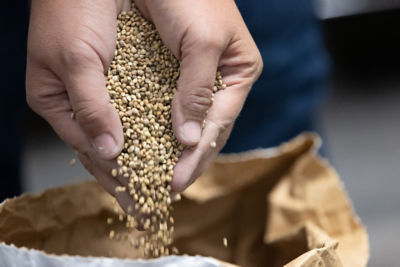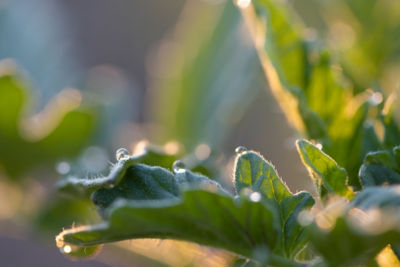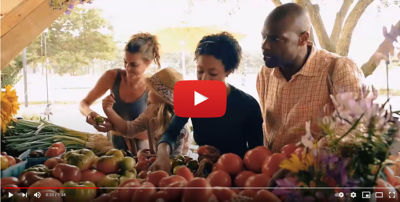Causal Agent
Phytophthora nicotianae (syn. P. nicotianae var. parasitica and P. parasitica)
Distribution
Brazil and Taiwan
Symptoms
Onion plants from small seedlings to the mature bulb stage may be affected. Initial above-ground symptoms include pale green leaves followed by yellowing and drying from the tips. Soon thereafter, the necks become soft and tops fall over, especially in younger plants. Internal symptoms include a watery soft rot of the neck interior that progresses into grey water-soaked tissue with a leathery texture below ground in young plants and into bulbs of more mature plants. Sunken white to grey leaf lesions occur, but are rare and generally do not extend into the neck region. Roots become necrotic only during later stages of disease development.
 Pale green to yellow leaves drying from the tips.
Pale green to yellow leaves drying from the tips.
 Watery soft rot of neck interior and grey water-soaked leathery interior bulb scales.
Watery soft rot of neck interior and grey water-soaked leathery interior bulb scales.
Conditions for Development
Warm, wet conditions are conducive to disease development. Disease incidence is much greater in low spots in the field or areas near center irrigation pivots that remain wet for prolonged periods. Use of irrigation water from ponds receiving agricultural run-off water is a potential source of inoculum.
Control
Resistant varieties are available. Avoid wet areas in the field and recirculation of field run-off water for irrigation. Fungicide applications in-furrow at time of transplant or as a plant drench after transplanting may reduce losses from this disease.




